Lansing, Michigan (October 24, 2024) – A critical milestone in the fight against algal blooms on Lake Erie was reached as the installation of water quality monitoring equipment in five critical sub-watersheds feeding into the lake’s western basin was finalized. The monitoring network has started collecting data and is now the most comprehensive monitoring network in these sub-watersheds with a goal of better understanding headwater water quality and flow trends.

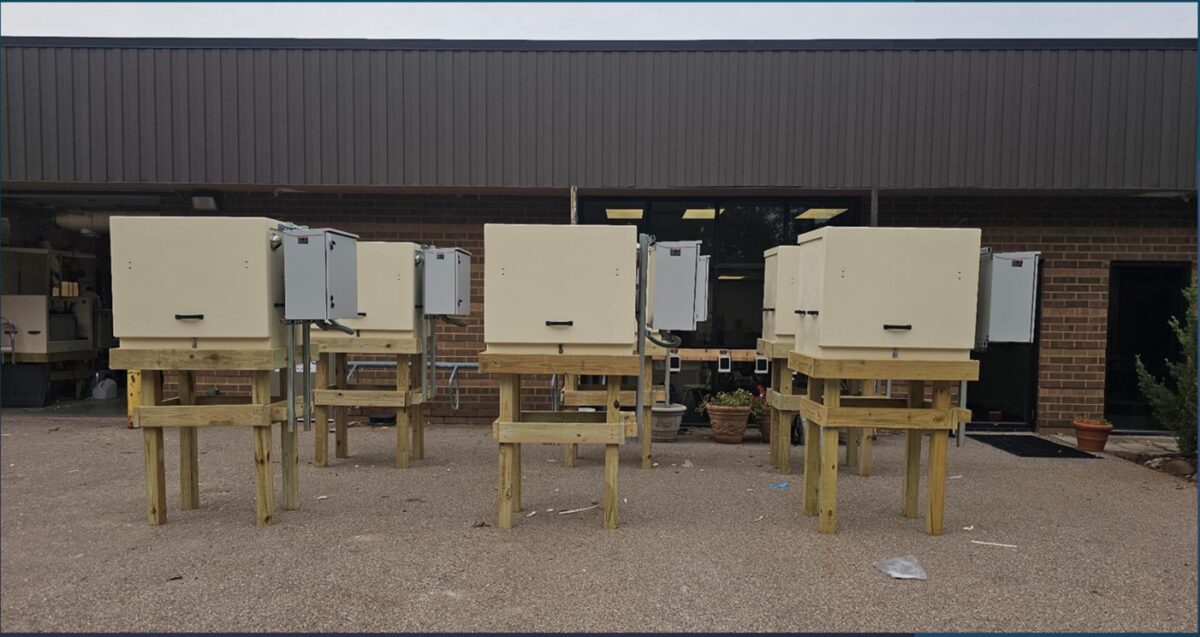
Lake Erie’s bloom is a persistent threat to human health and the local economy while also driving up drinking water costs. Blooms are fueled largely by nutrient runoff. In the Western Lake Erie Basin, agricultural land is the primary source for nonpoint nutrient pollution. To prevent blooms from damaging our economy and the environment, it’s critical to reduce the amount of nutrients entering rivers and streams in the WLEB.
The new monitoring network was made possible thanks to Governor Gretchen Whitmer’s bipartisan budget, which provided the funding for a $4.86 million grant from the Michigan Department of Agriculture and Rural Development (MDARD), and a $600,000 grant from the Erb Family Foundation.
The Alliance for the Great Lakes is working in partnership with MDARD to increase the department’s ability to track and monitor water quality in five of Michigan’s priority sub-watersheds in the WLEB. Technical assistance is being provided by the Michigan State University’s Institute of Water Research, LimnoTech and Freeboard Technology. The project runs through 2029, and continuous data will be available throughout the monitoring effort’s lifetime.
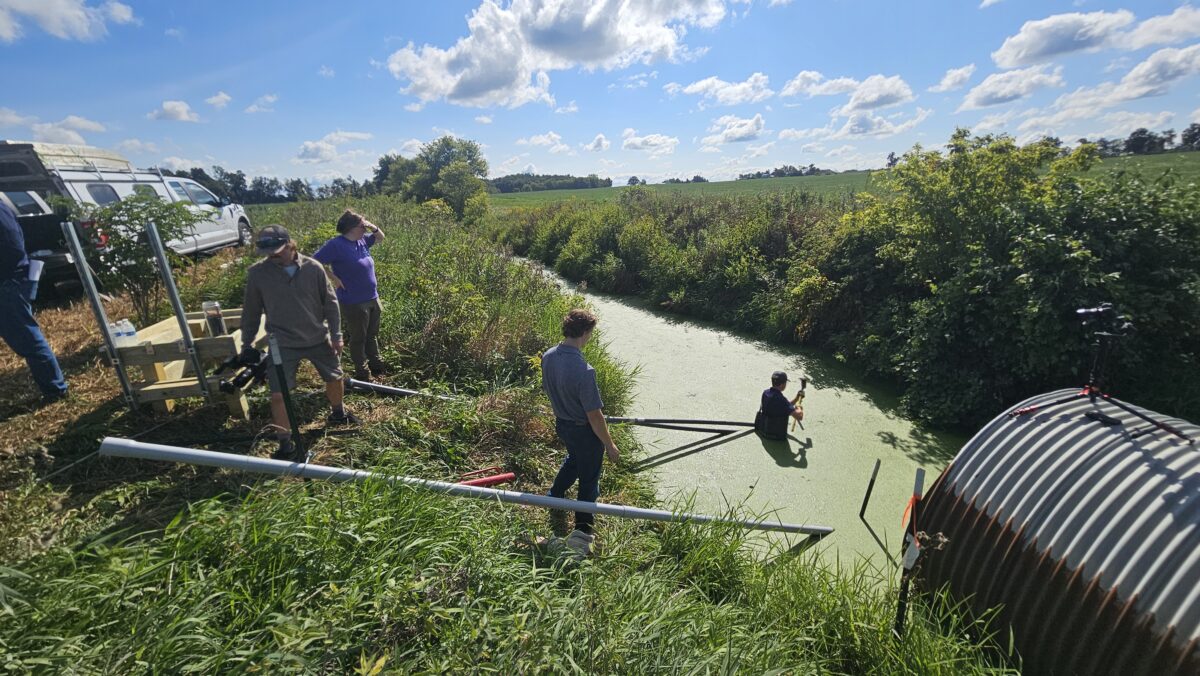
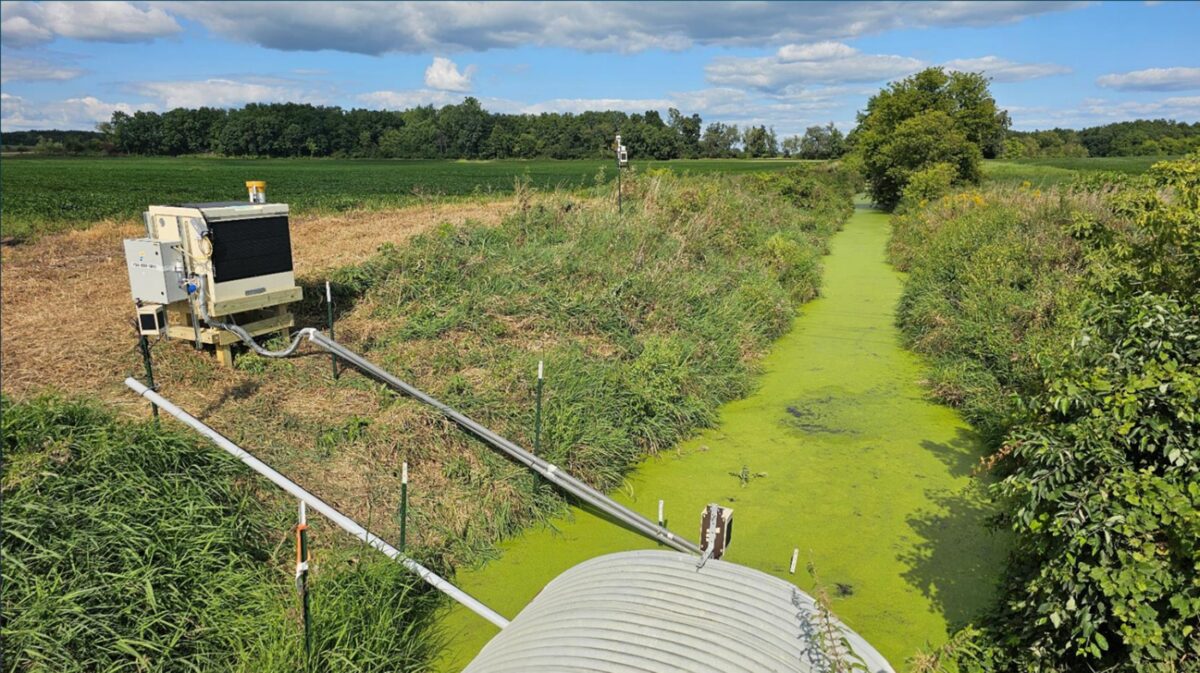
One approach to fight algal blooms has been to spend government funds at both the state and federal levels on farm-level conservation practices. Despite years of work and hundreds of millions in taxpayer funds spent, that approach has largely failed. Alliance for the Great Lakes research shows that farm conservation measures in Ohio and Michigan are woefully underfunded and, despite years of investment, adoption rates of conservation practices are still far behind where they need to be. Given the magnitude of the problem and the inadequate funding, states must prioritize and target funding to the highest priority areas and the most cost-efficient practices.
“Water quality data indicate a lack of progress on achieving appreciable reductions of nutrient losses from agricultural sources. Progress moving forward is going to take a change in approach, a commitment to research, investments in monitoring, and enhanced expertise on the ground,” said Dr. Tim Boring, MDARD Director. The improved monitoring is essential to better understand the local hydrology, transport mechanisms, and the impacts of agronomic practices. Functioning alongside new research into areas such as soil health, this monitoring data informs necessary changes in targeting and incentivization approaches.
Boring added that achieving improved environmental outcomes is a core mission area of MDARD’s new Regenerative Agriculture program. The program aims to deliver greater farm prosperity, improved farm ecosystems, increased community health, and a more vibrant food system. This ambitious approach is focused on realizing more definitive outcomes, including water quality.
“Understanding, tracking, and predicting where nutrient pollution comes from is difficult due to weather, cropping complexities, and a lack of data. This makes properly targeting conservation funding complicated,” said Tom Zimnicki, Alliance for the Great Lakes’ Agriculture and Restoration Policy Director.
“Understanding how nutrient pollution and water moves through the watershed will equip agencies and practitioners with accurate data to better target conservation and land management practices to improve water quality outcomes. We applaud the leadership of MDARD Director Boring who has continually emphasized the importance of expanding monitoring and data collection to help guide conservation decision-making.”
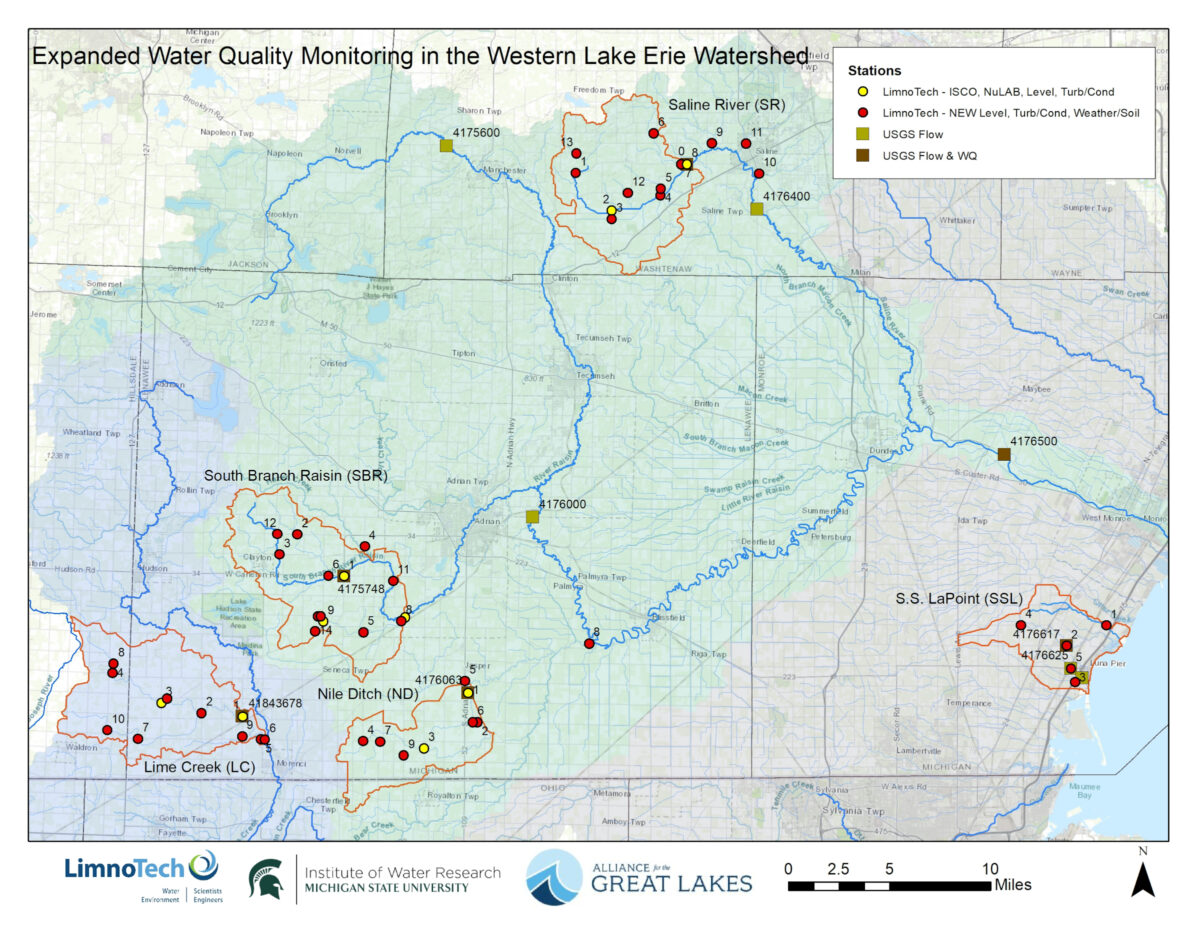
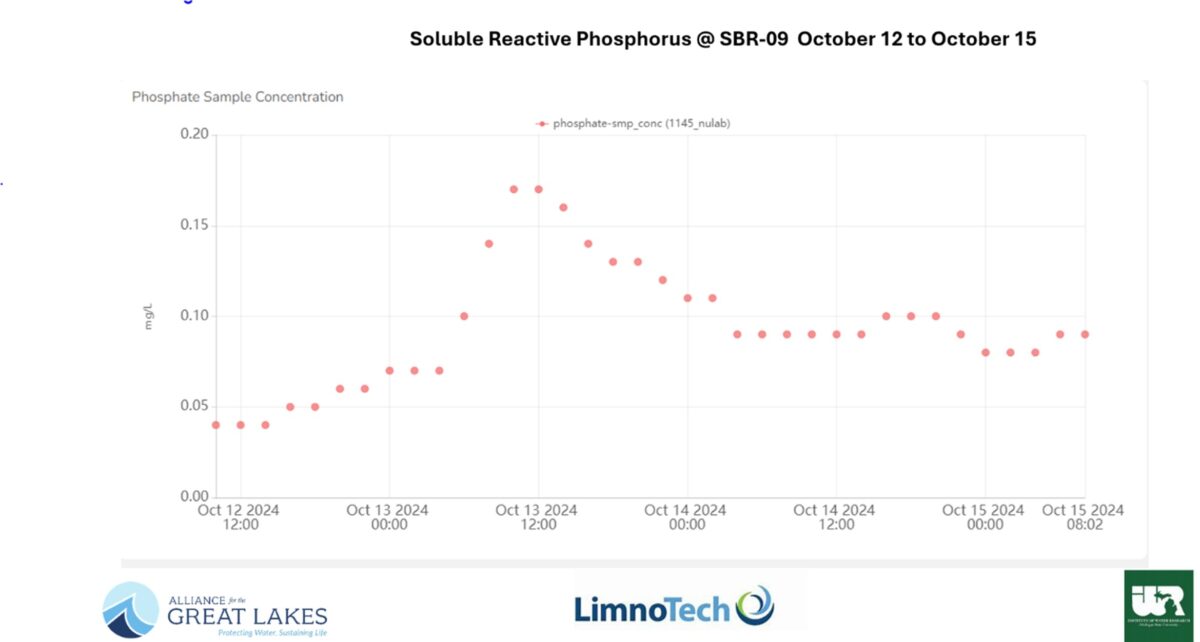
###
Contact: Don Carr, Media Director, Alliance for the Great Lakes dcarr@greatlakes.org
